In a world where the lure of fresh, organic produce often comes with a steeper price tag, many shoppers find themselves caught between the desire for healthier choices and the reality of a tight budget. Yet, eating organic doesn’t have to mean emptying your wallet. With a little planning, savvy shopping, and a few insider tips, it’s entirely possible to embrace an organic lifestyle without sacrificing financial peace of mind. This article will guide you through practical strategies to make organic shopping affordable, helping you nourish your body and your budget at the same time.
Table of Contents
- Understanding the True Cost of Organic Products
- Prioritizing Organic Choices for Maximum Impact
- Smart Shopping Strategies to Stretch Your Organic Budget
- Seasonal and Local: The Secret to Affordable Organic
- DIY Tips to Grow and Preserve Organic Goods at Home
- Q&A
- In Summary

Understanding the True Cost of Organic Products
When considering organic products, it’s essential to recognize that the sticker price often reflects more than just the food on your plate. The true cost encompasses the environmental benefits, health advantages, and the ethical standards maintained throughout the supply chain. Organic farming practices promote soil health, reduce pollution, and prioritize animal welfare, which can justify the premium. However, these goods might also involve higher transportation or certification fees that impact final prices, making budgeting a necessary skill for the savvy shopper.
Understanding the layers behind the price helps you make informed choices that align with your values and finances. To navigate this balance effectively, focus on purchasing organic items that truly matter to you, often referred to as the “Dirty Dozen,” where pesticide residue levels are typically higher. Complement these with conventional purchases from the “Clean Fifteen,” which usually have less contamination risk.
- Focus on seasonal organics: fresher and often less expensive.
- Buy in bulk: reduces packaging and overall costs.
- Shop local farmers markets: cut middlemen and support community.
- Understand labels: certifications like USDA Organic ensure authenticity.
| Category | Organic Price Impact | Shopping Tip |
|---|---|---|
| Produce | Moderate to High | Buy seasonal & local |
| Dairy | High | Look for sales or smaller brands |
| Grains & Legumes | Low to Moderate | Bulk purchase for savings |
| Packaged Goods | High | Limit processed organic snacks |
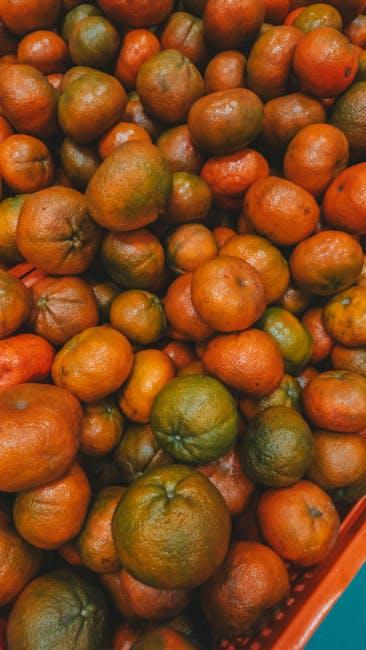
Prioritizing Organic Choices for Maximum Impact
When stretching your budget on organic products, it’s essential to focus on produce and items that offer the highest nutritional payoff and the greatest exposure to pesticides when conventionally grown. By targeting these foods first, you get the most “organic bang” for your buck. For instance, fruits and vegetables with thinner skins or those grown close to the ground tend to absorb more chemicals, making organic versions particularly worthwhile. Items like strawberries, spinach, apples, and tomatoes often top this list. Conversely, thicker-skinned or less pesticide-prone items such as avocados or sweet corn can be safely bought conventionally if needed.
Consider this quick reference for selecting organic priority items:
| Highest Organic Priority | Lower Organic Priority |
|---|---|
| Strawberries | Avocados |
| Spinach | Sweet Corn |
| Apples | Pineapple |
| Tomatoes | Onions |
Focusing your organic purchases on these key targets allows for smarter spending without compromising on quality or health benefits. Complement these choices by shopping local and seasonal to maximize freshness and value, making your organic journey both affordable and impactful.
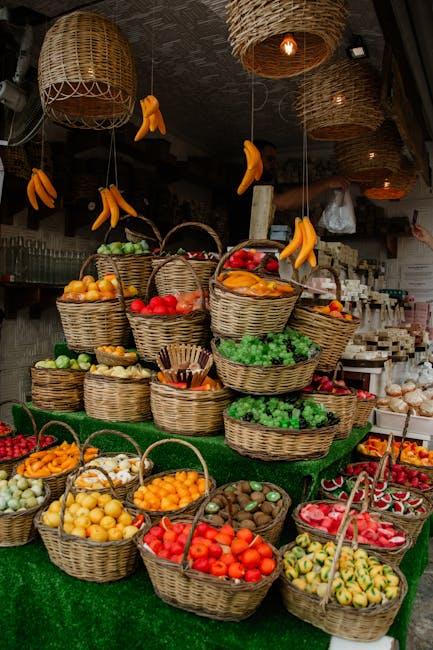
Smart Shopping Strategies to Stretch Your Organic Budget
Maximizing your organic budget requires a combination of savvy shopping and prioritizing. Start by focusing on the “Dirty Dozen” — those fruits and vegetables most likely to carry pesticide residues. Investing in organic versions of these items ensures you’re getting the cleanest produce where it matters most, while you can save on other less contaminated items by going conventional. Additionally, shopping seasonally not only guarantees fresher, tastier organic produce but often comes with lower price tags due to abundance. Farmers markets and local co-ops can be treasure troves of budget-friendly organic goods, where direct-from-farmer sales cut out the middleman, reducing costs for you.
To stay within budget, harness the power of strategic buying and storage:
- Buy in bulk: Staple organic grains, nuts, and legumes often come cheaper in larger quantities.
- Use a price comparison app: Apps tailored to organic grocery shopping can reveal the best local deals.
- Embrace frozen: Organic frozen fruits and vegetables retain nutrients and reduce waste, making them a smart purchase.
- Plan meals: Creating a weekly meal plan focused on versatile, affordable organic ingredients prevents impulse buys and excess food waste.
| Item | Recommended Buy | Budget Tip |
|---|---|---|
| Spinach | Organic (Dirty Dozen) | Buy fresh in season or frozen off-season |
| Apples | Organic (Dirty Dozen) | Buy local, bulk purchase |
| Carrots | Conventional | Cheaper and with low pesticide residue |
| Rice | Organic bulk pack | Stores long-term, cost-effective |
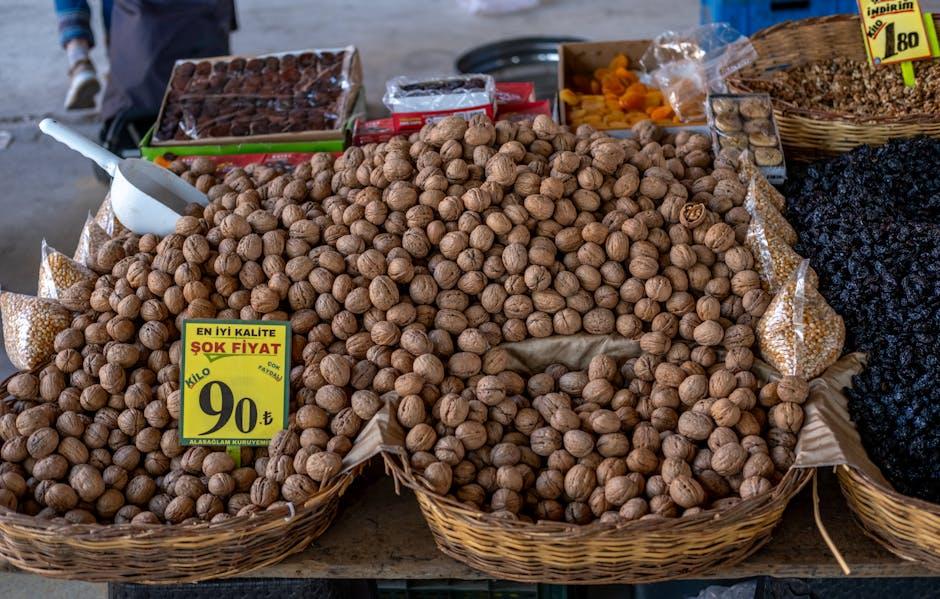
Seasonal and Local: The Secret to Affordable Organic
Embracing the natural rhythm of the seasons can significantly cut down your grocery bill while keeping your organic standards high. Opting for fruits and vegetables that are in season means you’re purchasing produce at its peak freshness, which often translates to better flavor and more nutrients. Farmers and markets typically offer discounts on these goods as they’re abundant, reducing the need for costly imports. Checking out your local farmers’ markets or joining a community-supported agriculture (CSA) program can connect you directly with growers, slashing prices further and supporting your local economy.
To make navigating seasonal choices easier, consider this quick guide to some budget-friendly organic picks by season:
| Season | Affordable Organic Picks |
|---|---|
| Spring | Asparagus, Strawberries, Spinach |
| Summer | Tomatoes, Zucchini, Blueberries |
| Fall | Brussels Sprouts, Pumpkins, Apples |
| Winter | Kale, Citrus, Sweet Potatoes |
By tailoring your shopping list around these seasonal stars and focusing on what’s locally available, you not only make your wallet happier but also reduce your carbon footprint. Remember, when organic produce is plentiful and local, it naturally becomes more affordable—turning smart, sustainable choices into everyday wins.

DIY Tips to Grow and Preserve Organic Goods at Home
One of the most rewarding ways to enjoy fresh, organic produce without breaking the bank is by starting your own garden at home. Even if space is limited, containers, vertical gardens, and window boxes can turn any nook into a thriving green hub. Choose fast-growing, staple vegetables like lettuce, spinach, or cherry tomatoes to get quick results and continuous harvests. For best success, use organic seeds and natural fertilizers such as compost or worm castings. Regularly rotating crops and companion planting can also help maintain soil health and reduce pests, ensuring your mini ecosystem stays balanced and bountiful.
Preserving your harvest extends the pleasure of homegrown organic goodness throughout the year. Simple methods such as freezing, drying, and canning not only save money but also reduce food waste. Consider building a DIY dehydrator using household items or investing in stackable freezer containers to organize your produce efficiently. Here’s a quick reference table for preservation tips tailored to common garden produce:
| Produce | Best Preservation Method | Estimated Shelf Life |
|---|---|---|
| Tomatoes | Canning or Freezing | 6-12 months |
| Herbs (Basil, Mint) | Drying or Freezing | 3-6 months |
| Leafy Greens | Blanch & Freeze | 4-8 months |
- Harvest early in the morning for the best flavor and nutrient retention.
- Label containers with dates to track freshness.
- Rotate your preserves to use the oldest stock first.
Q&A
Q&A: How to Shop Organic on a Budget
Q1: Is it really possible to shop organic without breaking the bank?
Absolutely! While organic products can sometimes be pricier, smart shopping strategies can make it affordable. Prioritizing certain items, buying in bulk, and shopping seasonally all help stretch your budget.
Q2: Which organic foods should I prioritize if I can’t buy everything organic?
Focus on the “Dirty Dozen”—fruits and veggies known for higher pesticide residues. Buying organic versions of these, like strawberries, spinach, and apples, can reduce your exposure to harmful chemicals while keeping costs manageable.
Q3: How can meal planning help me save money on organic groceries?
Planning meals around seasonal organic produce prevents impulse buys and reduces waste. When you know exactly what you need, you avoid overbuying and make the most of your organic purchases.
Q4: Are organic bulk stores or farmers markets better for budget shoppers?
Both have perks! Bulk stores let you buy just the amount you need, often at lower prices, while farmers markets can offer fresh, seasonal goods directly from growers—sometimes at a discount. Exploring both options can be a game-changer.
Q5: Can frozen organic fruits and vegetables be a budget-friendly alternative?
Definitely! Frozen organic produce is often picked at peak ripeness and flash-frozen, retaining nutrients. It’s typically less expensive than fresh organic and perfect for smoothies, soups, and stews.
Q6: Any tips for reducing organic meat and dairy costs?
Try incorporating plant-based proteins or smaller portions of organic meats into your meals. Also, buying organic meat and dairy in bulk or during sales and freezing what you don’t immediately use can save money.
Q7: How does growing my own organic produce fit into the budget equation?
Growing herbs, leafy greens, or tomatoes at home reduces your grocery bill and guarantees fresh, organic ingredients. Even a small balcony garden can yield big savings in the long run.
Q8: What mindset shifts help maintain a budget-friendly organic lifestyle?
Think quality over quantity. Buying fewer items but ensuring they’re organic can be better for your health and wallet. Patience and creativity in the kitchen also turn simple, organic ingredients into satisfying meals without overspending.
Q9: Are “organic” labels always worth the price tag?
Certification means higher standards, but some local farmers use organic practices without the label, often at lower prices. Don’t hesitate to ask questions and get to know your food sources.
Q10: Any quick hacks for organic shopping on the go?
Bring a list, stick to the perimeter of the store where fresh produce is, and look for sales or discount bins. Apps that track discounts on organic items can also be handy. Staying focused saves both time and money!
In Summary
Shopping organic on a budget doesn’t have to be a luxury reserved for few. With a little planning, flexibility, and savvy choices, you can nourish your body and respect the planet without emptying your wallet. Embrace the journey of mindful shopping—not as a restriction, but as a creative challenge that invites you to explore seasonal produce, local markets, and sustainable habits. Remember, every small step towards organic living contributes to a healthier you and a greener world. So, grab your reusable bags and dive into the colorful world of organic options—your wallet and the earth will thank you.









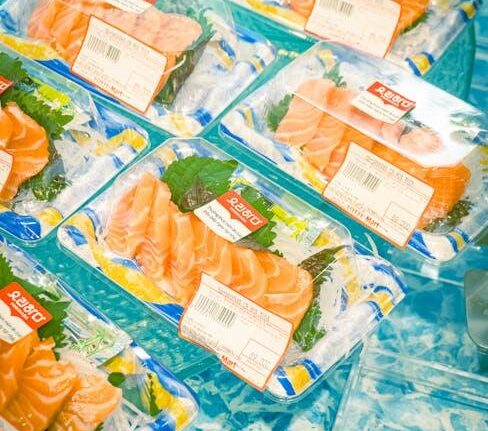

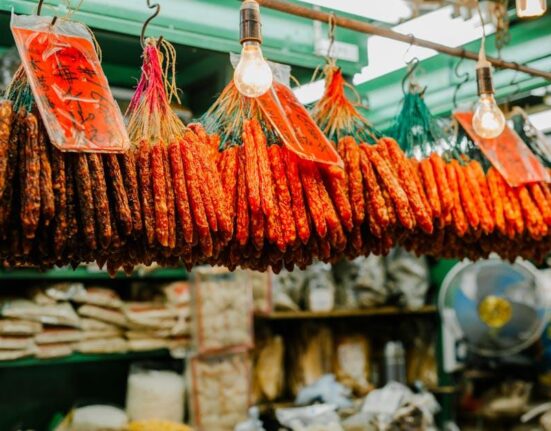
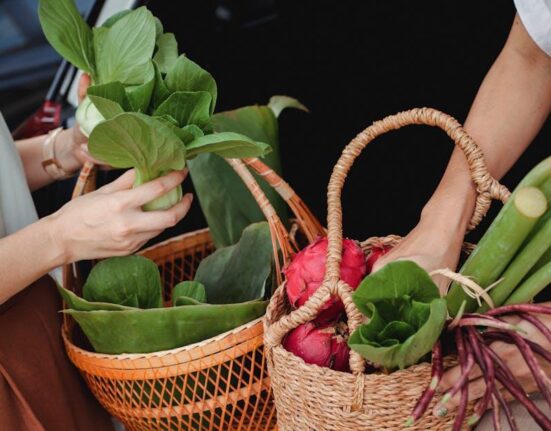
Leave feedback about this